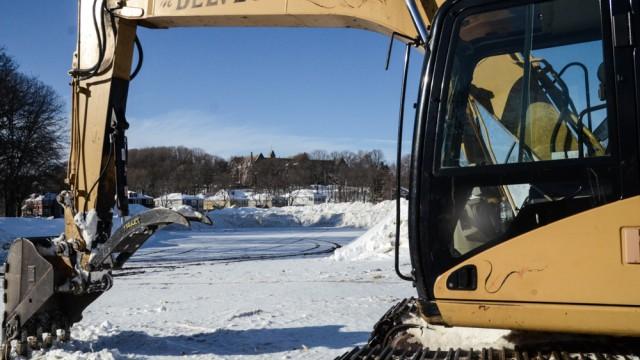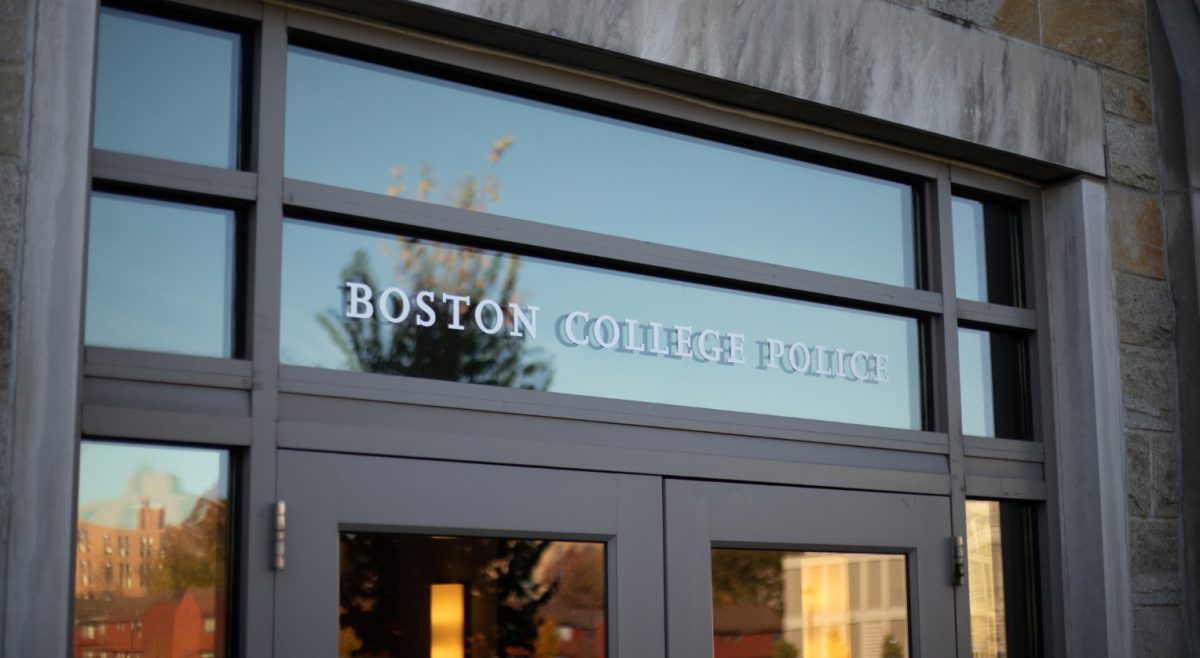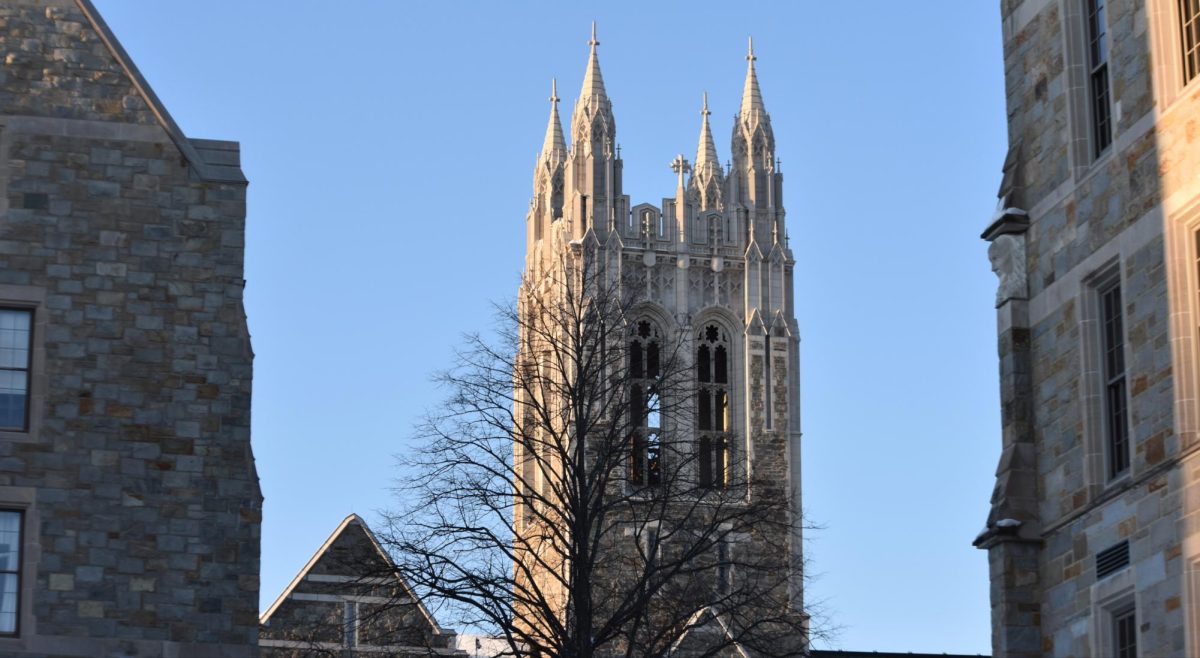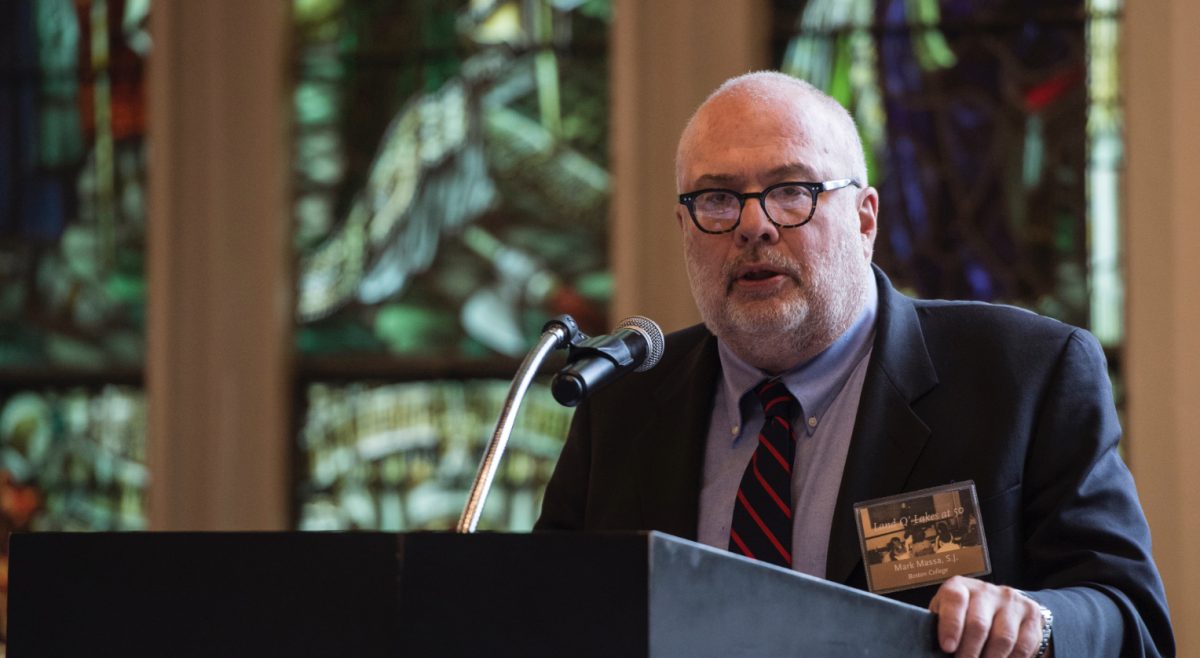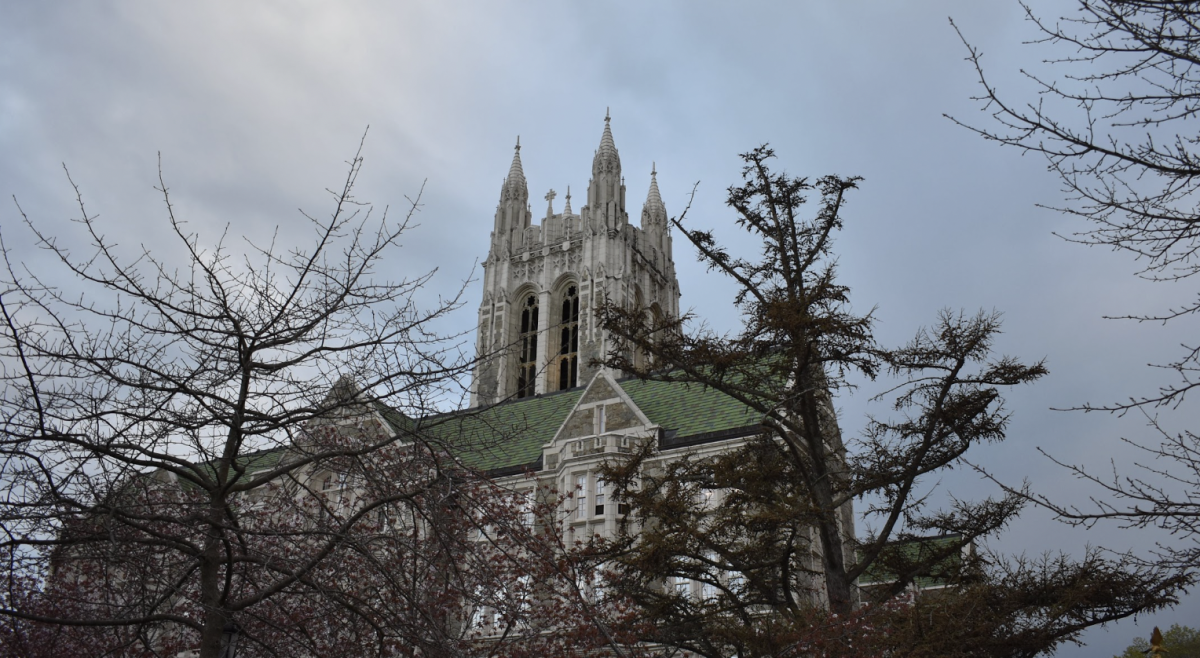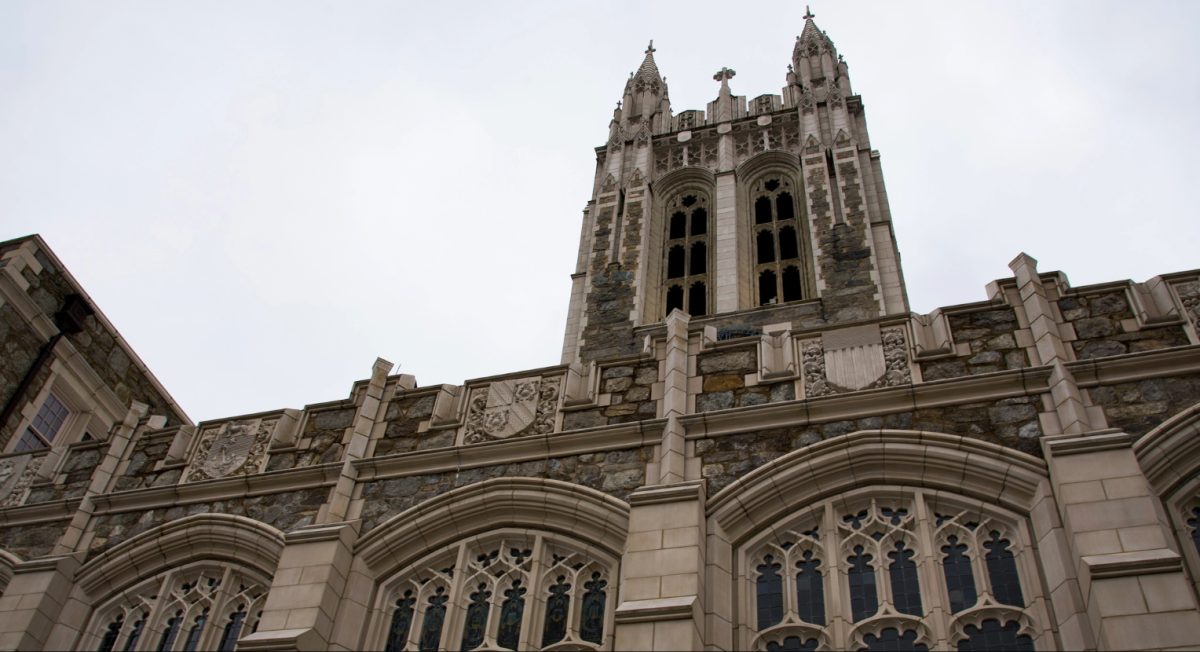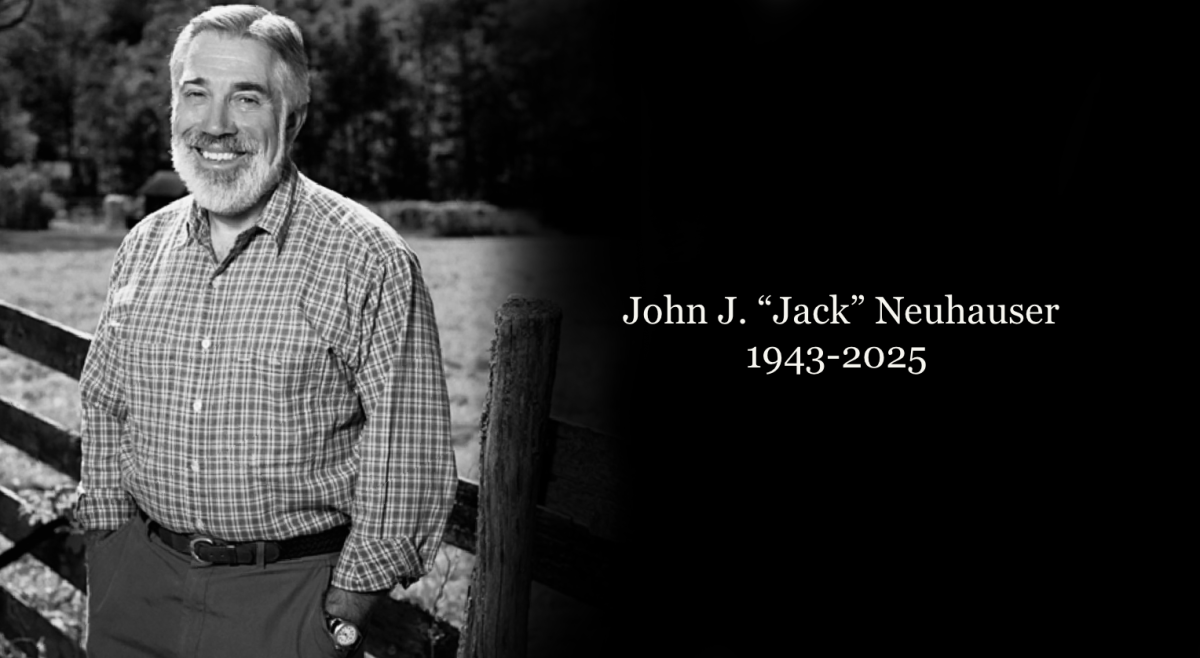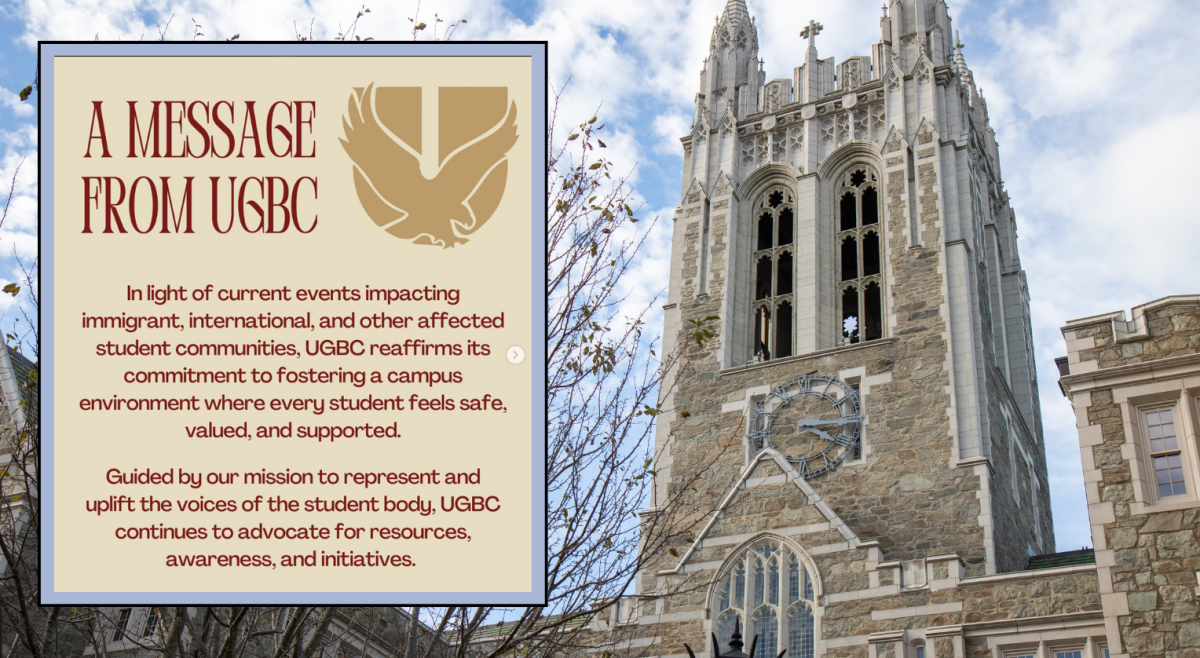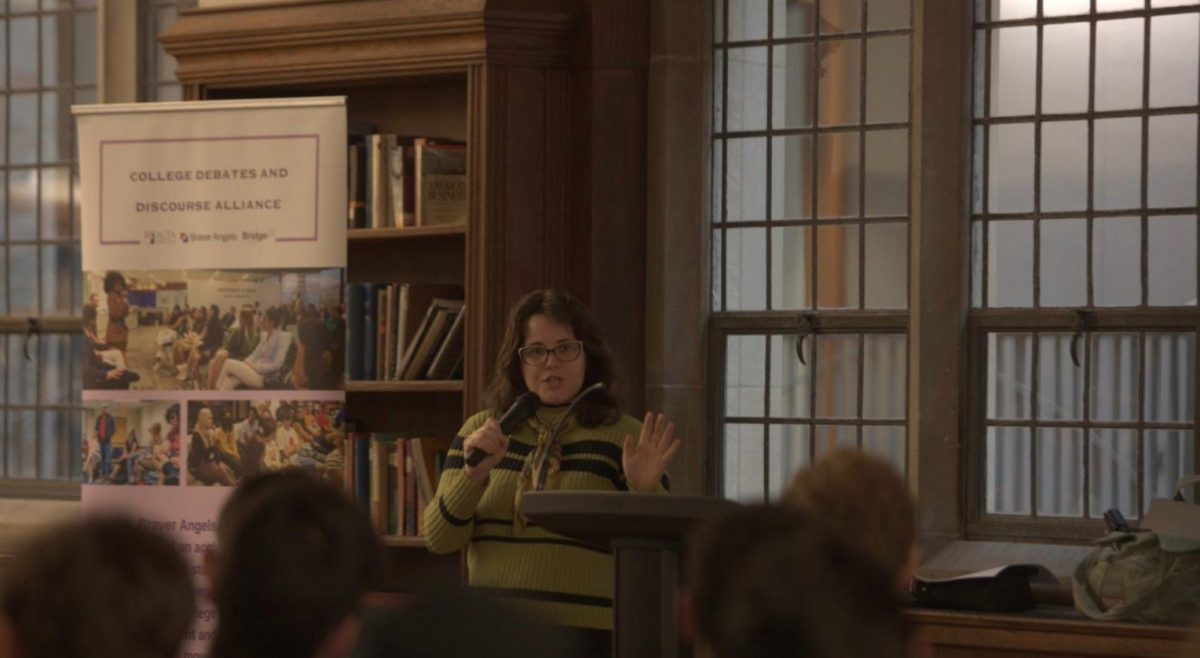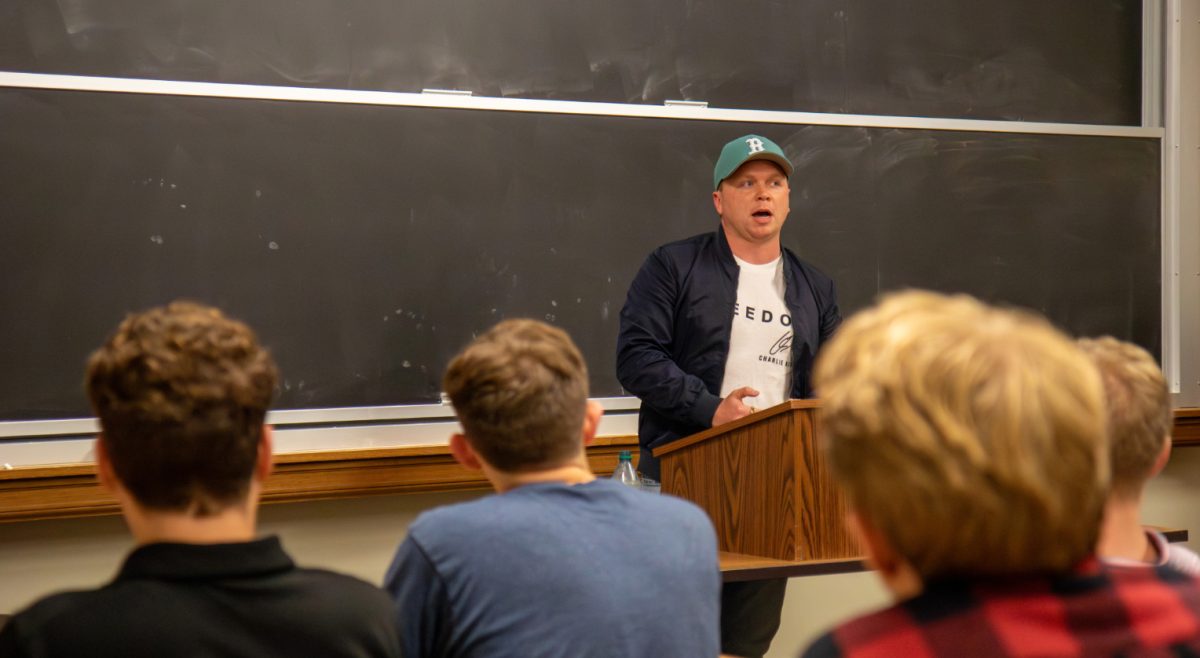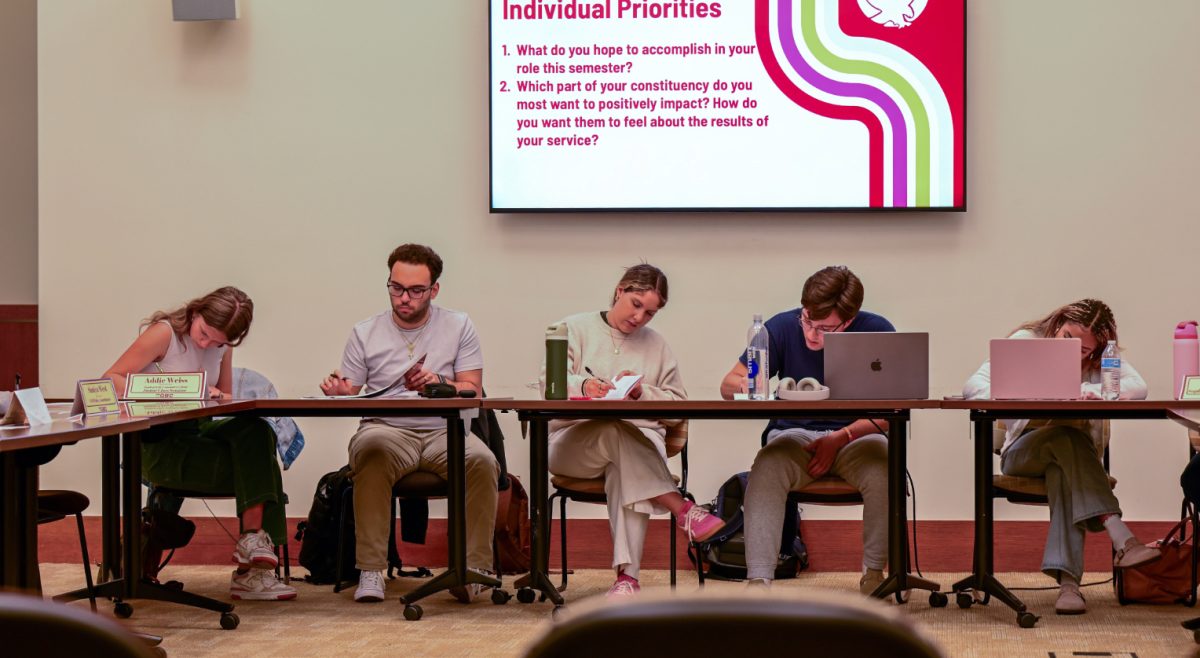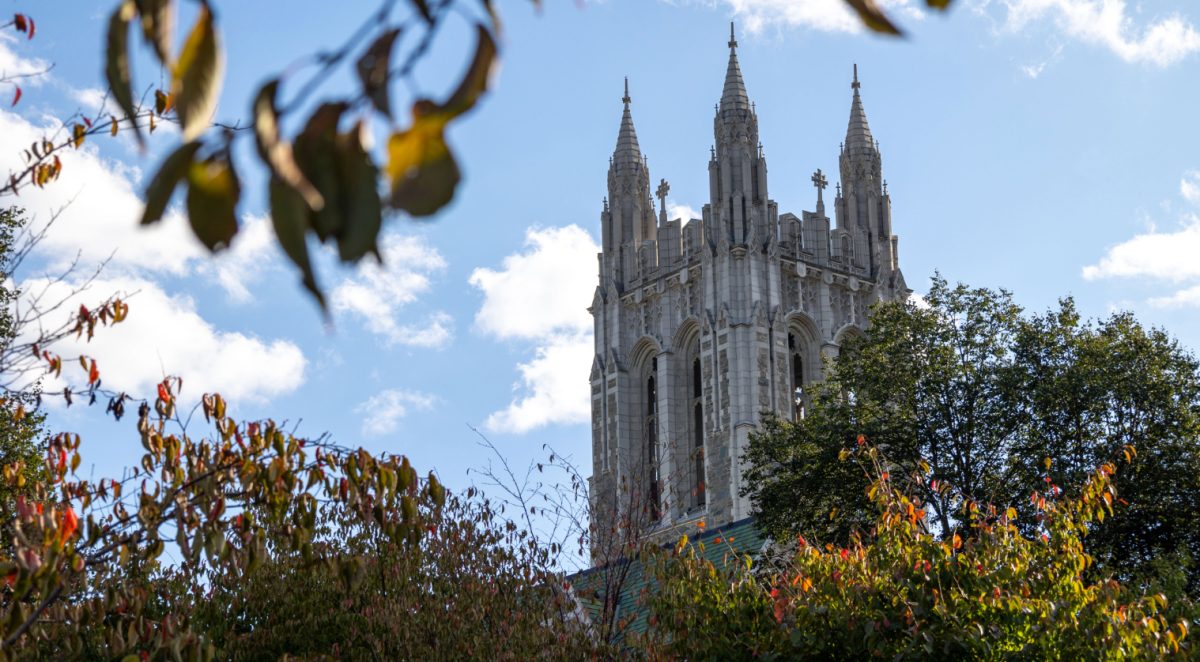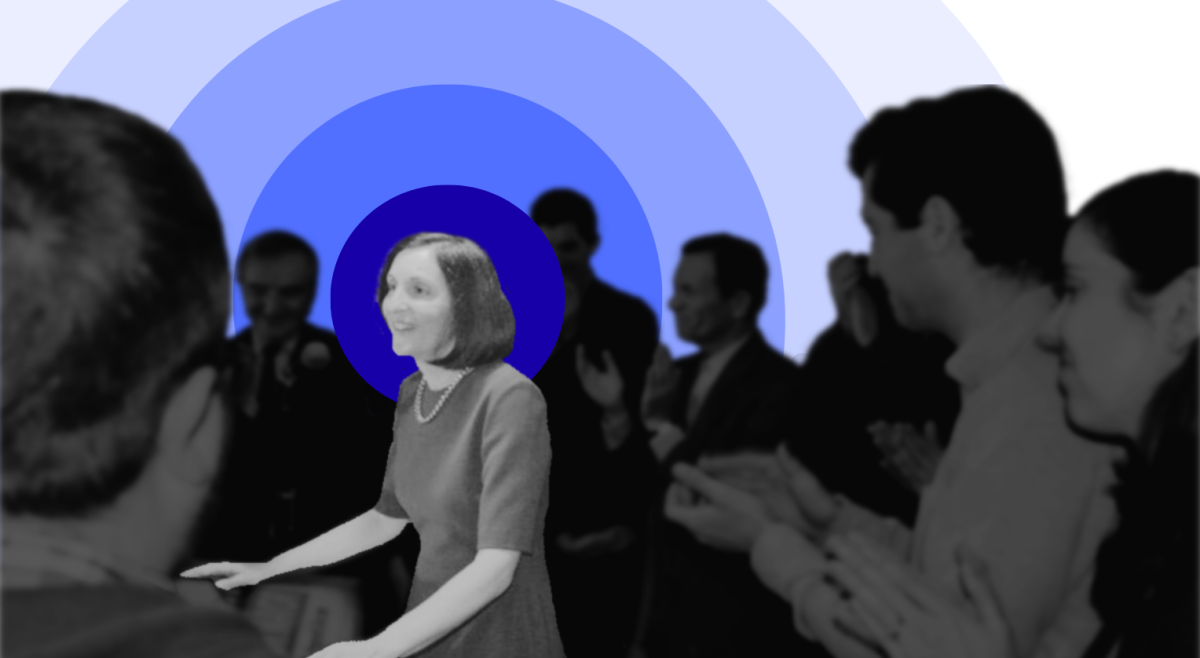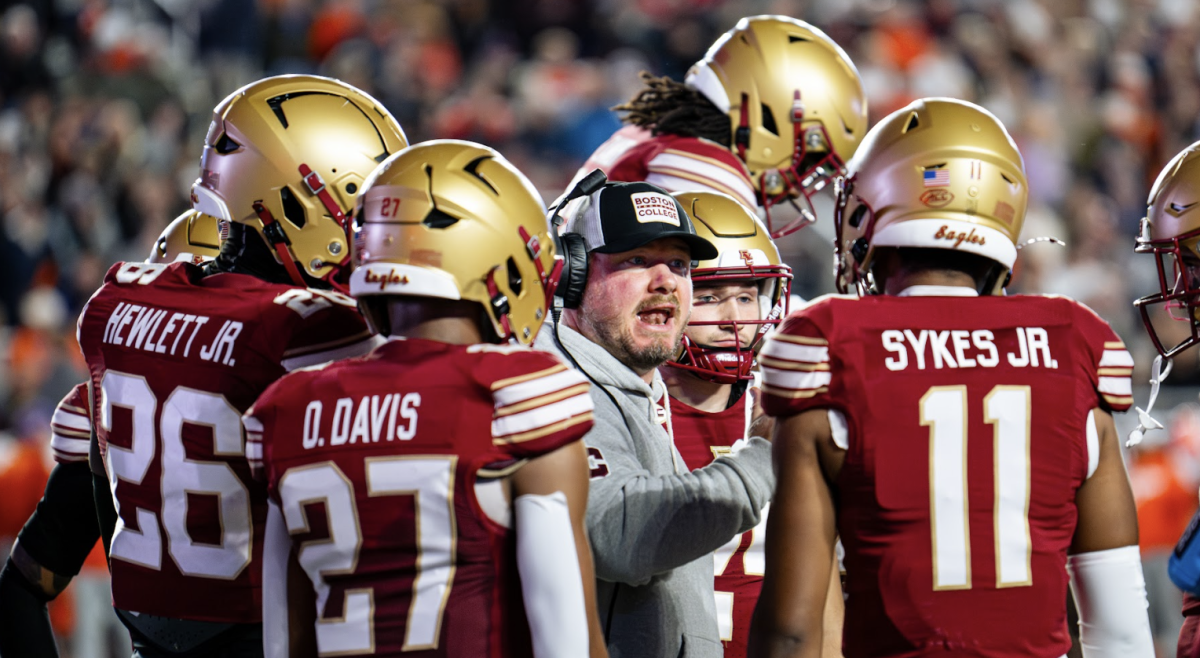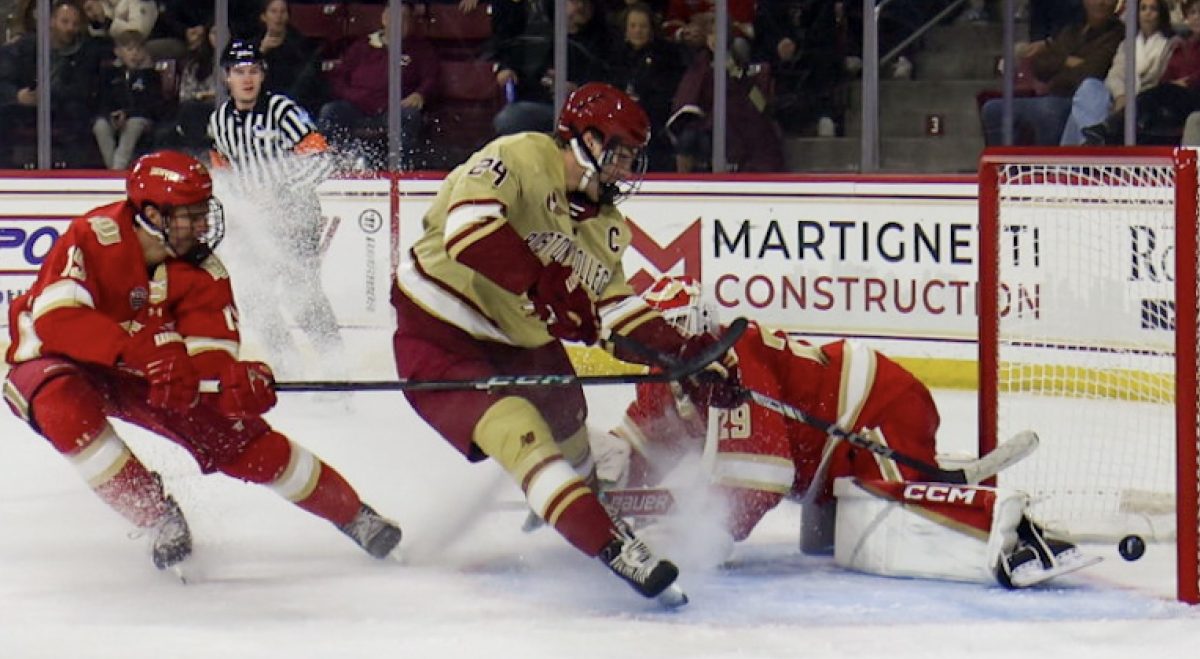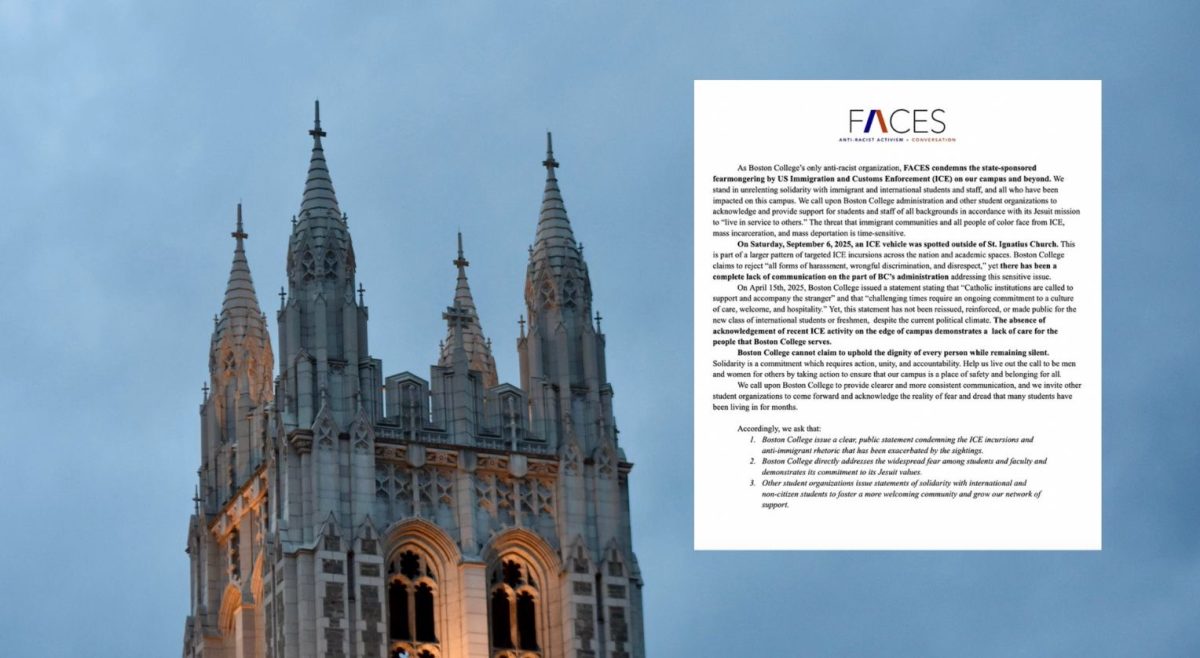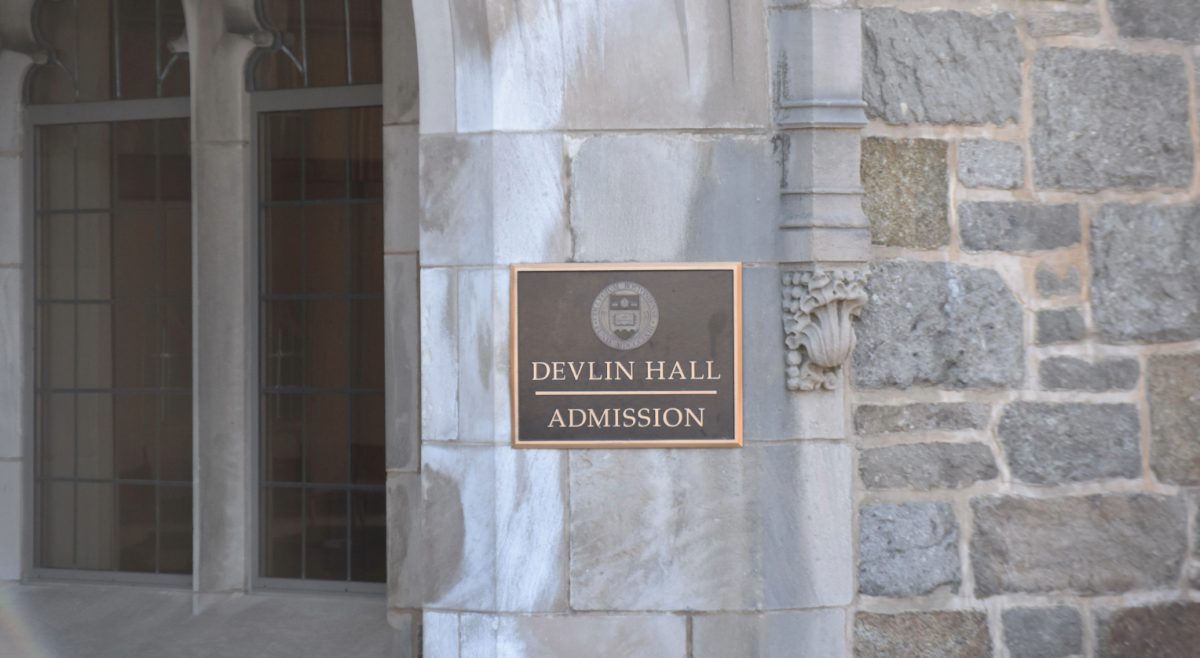Boston College resumed regular operations at 10:30 a.m. Tuesday morning, pushing back on a Massachusetts state of emergency called into effect the evening before. As the city of Boston scrambled to remove snow—calling in the support of the National Guard to expedite melting efforts—University students and faculty carried on with class, returning to a regular schedule after a Monday cancellation spurred by Winter Storm Marcus. According to the National Weather Center, approximately 65 inches of snow had accumulated in Boston over the last 30 days.
Executive Vice President Michael Lochhead and Provost and Dean of faculties David Quigley together made the decision to reopen Monday night. University President Rev. William P. Leahy, S.J. did not play a role, according to University Spokesman Jack Dunn.
Kevin Shea, executive assistant to the president, also helps to determine cancellations and delays, Dunn said.
The decision makers consult a variety of sources when determining whether or not the University will close, including the Office of Emergency Management, BCPD, and Facilities Management, among others.
Responding to a forecast that called for snow to end late Monday evening, the facilities crew had informed those who made the decision that they could have most of the lots cleared and the garages opened, Dunn said.
“They made the decision to have a late start at 10:30, which in retrospect proved to be the appropriate decision,” he said.
Snow stopped falling mid Tuesday morning, and many city employers chose to give their employees the full day off, responding to a request from Mayor Martin J. Walsh, WCAS ’09. Due to excessive snow accumulation, the MBTA shut down mid-day Monday. Several schools in the Boston area, including Harvard University, Northeastern University, Emerson College, Suffolk College, and Boston University, had canceled class for Tuesday. T service resumed Wednesday morning.
BC was part of a second group of schools—Brandeis University, Bentley University, and Babson College—that chose a delayed start.
Dunn said that the difference between the schools that chose to close and those that had delayed starts was that those that closed were more centrally located in the city—thus, their employees and students rely heavily on the MBTA to reach campus.
Fifteen percent of BC students living off campus, some relying on the T for transportation. Most, however, are in the the vicinity of the University’s bus routes, which were active Tuesday.
Savannah Hulsopple, CSON ’16, lives in Back Bay, outside the area of BC’s bus service. Hulsopple said she could not make it to class because of the MBTA’s closure. She ruled out Uber as an alternative, because of prohibitive surge prices.
“There was a quiz in my class that I won’t be able to make up, and even though that’s a small part of my grade it’s still something,” she said in an email. “I wish the school had shut down when the T did.”
According to BC’s director of emergency management John Tommaney, the state of emergency issued by the governor was not an order for people to stay off the roads. Unlike the state of emergency that was declared at the start of Winter Storm Juno, he said, this state of emergency was declared about 36 hours into the storm.
“This state of emergency was declared because the government needed to take certain actions to assist cities and towns with snow removal efforts,” Tommaney said. “This was their primary reason.”
On campus, the University announced just after 6:30 p.m. on Monday that parking lots would be closed all day Tuesday, and advised that vehicles typically parked in the on-ground lots should park in the garages, which did not close. A University email was sent at 2:58 p.m. Tuesday, announcing the Mod Lot, the Flynn Recreation Complex Parking Lot, the Edmond’s Parking Lot, the road between Edmond’s and Walsh halls, the Shea Lot, and all parking by Rubenstein, Ignacio, 66 Comm Ave, Gabelli and Voute would open at 5 p.m.
According to Dunn, it was up to the discretion of faculty and students to make the decision whether they would attend class.
“Despite some inevitable hiccups, the day seemed to progress well,” he said. “I talked to a lot of students—some were relieved to get out of their dorms and get back into the rhythm of the school day.”
After four snow days, Quigley, in consultation with deans and faculty, made the decision to move all Monday classes to Thursday. This decision, made about one hour after the announcement Sunday that school would be closed Monday, had no bearing on the decision to hold Tuesday classes, Tommaney said. He said the administration was trying to offset one section of classes being continually hit by storm after storm.
In the 17 days since the first snow storm, Winter Storm Juno, snow drifts have piled up on sidewalks and in quads on campus. So far this winter, there have been 78.5 inches of snow—this being the ninth snowiest winter on record, according to The Boston Globe. Much of of the snow being hauled off of Main Campus goes to a “snow farm” on Brighton Campus, where it is being melted down, Tommaney said.
“We’re trying to make the best decision we can … the University is trying to balance a lot of moving parts,” he said. “For all the people who want to have stuff closed, the flip side of that equation is the people who are here to learn, who want to attend their classes.”
Featured Image by Arthur Bailin / Heights Editor

